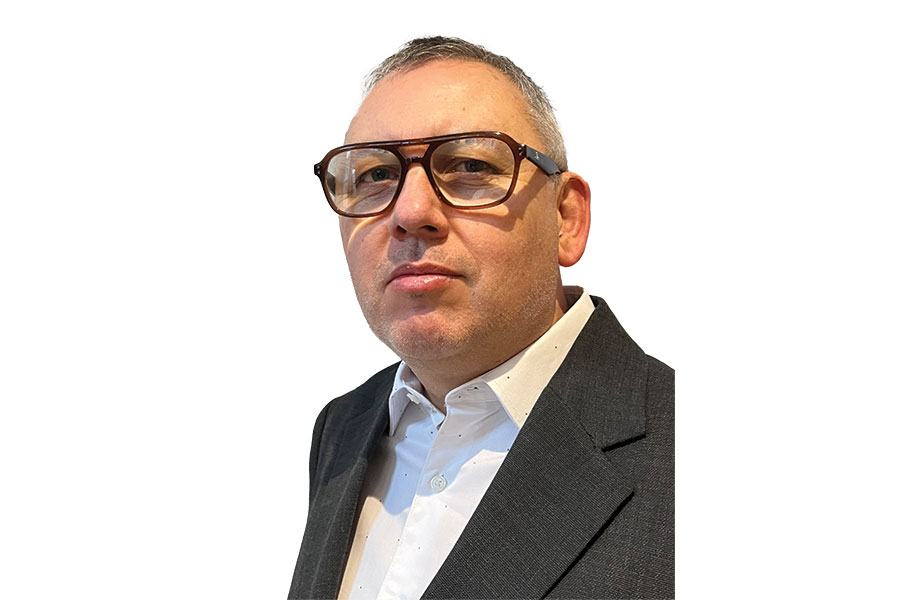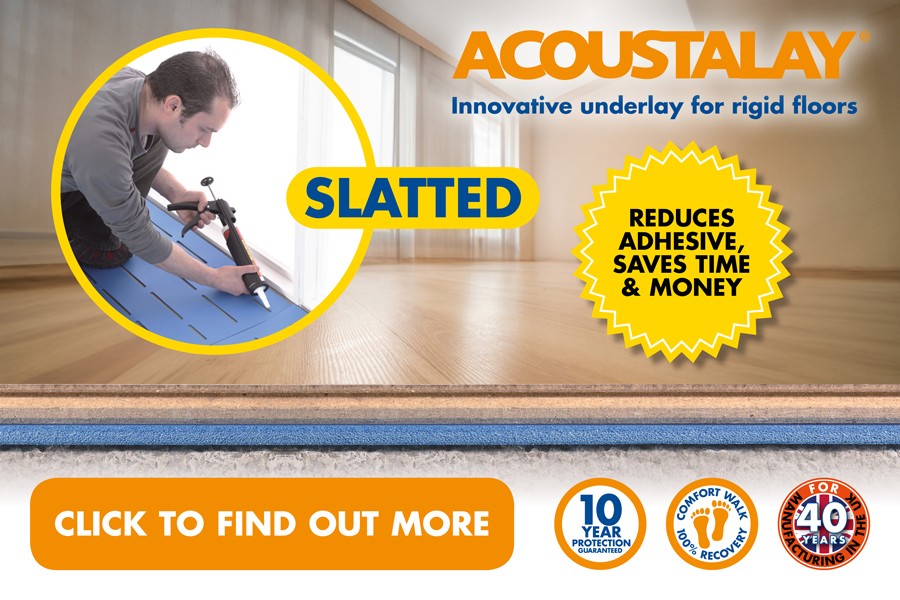Patricio Contreras tells readers what to consider when installing LVT in colder months
With autumn approaching, and the inevitable change to our work schedules it brings, we need to stop and think about the precautions the change in weather will entail.
Some of the components in the systems for installing LVT flooring will react differently to the new meteorological conditions. This will mean that we need to check all of the products we’re using, and work out changes, if any, in the timeframes involved at each stage before we can move onto the next step in the system.
It’s important to keep in mind that higher humidity and lower temperatures experienced in autumn and winter in the UK will delay the drying process. Also, other components in the system contribute to the moisture levels and therefore must be considered as a fundamental part of the equation. Levelling or self-levelling compounds, for example, incorporate water to promote good workability but once the product has been applied, this water needs to be evacuated from the system, thus adding to the moisture levels that can affect the rest of the system’s components.
In most cases, primers and adhesives for LTV flooring installation are formulated and produced with organic resins dispersed in water. In use, this means they need to dry sufficiently so these resins form strong bonds and aren’t affected by other sources of water, thus ensuring they perform as intended.
We need to take all the different variables into account to be able to make the right decisions so that the final installation will stand the test of time.
One example is how to treat wooden substrates. What special considerations need to be considered? If I prime them, I need to be aware that I will be incorporating water into the wood, which will still undergo certain dimensional changes, even if one of the most stable types, such as marine ply, is used.
Another example is anhydrite screeds, here water promotes an undesirable reaction between the substrate and the cement leading to the formation of expansive salts. The role of the primer is to create a continuous film preventing contact between the two materials, and its drying process is therefore fundamental to stop system failure.
There are similar situations which need to be analysed at each stage of construction for each one of the system components. If we’re going to use a reactive DPM, the humidity and evaporation conditions will determine how the material sets and the possible appearance of pinholes. These represent a big problem, as they negate the effectiveness of this type of barrier.
The use of UFH systems is becoming much more widespread and this is a factor that needs to be considered. It can in fact be an ally as long as we’re aware of how they work. Everyone is aware that traditional systems with a mineral screed need to be commissioned before installing the other components for LVT flooring. These pre-heating cycles are long and should only start once the screeds are sufficiently stable to avoid stresses owing to sudden drying or deformation from very abrupt thermal expansion.
What is less obvious, however, is what should happen when installing retrofit systems, especially when the client is pressuring us for a quick turnaround, and in winter when the temptation will be to turn the system on immediately, because the property is about to be used, or even already in use. We need to ensure the client understands to take things gradually, and, if necessary, rely on other heat sources, allowing the new installation to become sufficiently stable.
To sum up, now the change in seasons means that projects will inevitably take longer, I recommend you take time to analyse all the variables affecting the job using your knowledge, skill and experience. As always, the Kerakoll team are on hand to advise our clients on any concerns they may have. It’s always better to stop and consult before starting, than try to fix things if they go wrong.
01772 456831
info@kerakoll.co.uk
www.kerakoll.com
Patricio Contreras is head of technical at Kerakoll UK Ltd


